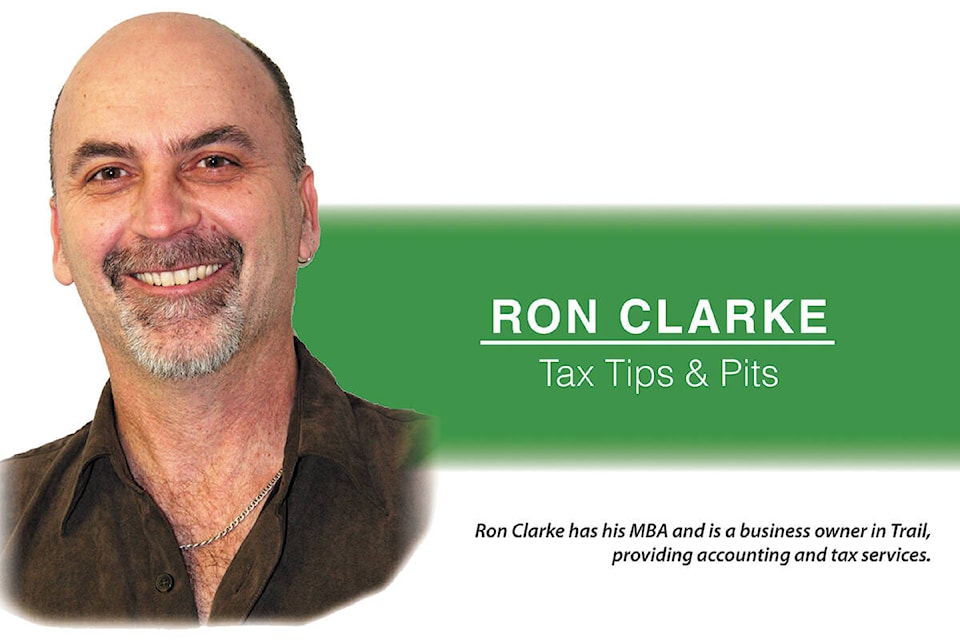by Ron Clarke
A contractor self-reports income earned just as other businesses do.
However, Canada Revenue Agency (CRA) several years ago began an initiative that more closely tracks the reporting of contractor income, in that the reporting of revenue paid to a contractor is no longer solely reliant on that contractor’s own self-reporting.
To be clear, the term CRA “initiative” is not so much encouragement as it is requirement.
Under specific rules, CRA now requires a company that pays a contractor to report the year’s payments made to that contractor on one of three CRA tax slips.
Why?
These tax slips having to be supplied to CRA is part of the CRA’s effort to promote compliance with the requirements of reporting earned income, thus reducing activity in the underground economy that evades taxation.
“Contractor” is defined as either a freelance business service or freelance construction service, with “freelance” generally meaning a self-employed individual whether proprietorship or incorporated.
The T5018 slip, although having been around for years, until recently was used little.
Referred to as the “statement of contract payments” slip, CRA now requires a company that derives at least 50% of its income from within the construction industry to submit to CRA a T5018 slip for payments made to any contractor such as a plumber, painter, roofer, etc, who is paid $500 or more in the year.
If payments to the contractor include GST, the amount reported on the T5018 will include the GST paid to the contractor.
Amounts paid to the contractor for clearly identifiable goods supplied, but not installed, are not included on the T5018 slip.
A copy of the T5018 must be submitted to CRA within 6 months of a company’s year-end, or a company may choose to follow the calendar year and submit the slips by June 30 each year.
There is a penalty applied by CRA for late filing.
A copy of the T5018 does not have to be given to the contractor.
The T4a slip, although a well-known tax slip, quietly had Box 48 added to it in 2010.
This box, although used little until recently, was established for inputting payments made to contractors who provide $500 or more of services such as engineering, accounting, training, cleaning, etc.
If payments to the contractor include GST, the amount on the T4a does not include the GST paid to the contractor.
Likewise amounts paid for clearly identifiable goods supplied, but not installed by the contractor, are not included on the T4a slip.
A copy of the T4a goes to CRA and a copy must go to the contractor. It is based on the calendar year, and the deadline is Feb 28 to submit.
The T1204 slip is issued by the government when any contractor is paid $500 or more in a year.
Because the government is GST exempt, the amount reported on this slip will have no GST included.
Amounts paid to the contractor for any goods supplied are included on the T1204 slip.
A copy of the T1204 goes to CRA. It is based on the calendar year, and the deadline is March 31.
A copy of the T1204 does not have to be given to the contractor.
How does a contractor report the revenue reported on these slips on their tax return?
The T5018 detail is reported as revenue directly onto the personal tax T1 Schedule 2125 or the corporate tax T2 Schedule 125, remembering that any GST included in the amount must first be deducted and accounted for separately from the revenue.
Also, as per CRA rules, a T5018 does not have to be given to the contractor, only to CRA.
Of course, whether or not a contractor has been given a T5018, the contractor must report the revenue.
The T4a and T1204 detail is reported on a tax return just as any other tax slip.
For a proprietor, it’s reported in the T1 tax return’s T4a or T1204 input form which flows through as self-employed revenue onto the T1 Schedule T2125.
For an incorporated contractor, it’s reported directly onto T2 Schedule 125.
Given the newness of these slips in the bookkeeping process, it’s particularly important for a contractor receiving these slips to not input the revenue twice.
The classic situation occurs when a contractor paid early in the year reports that revenue in the company’s bookkeeping at that time, then receives a T slip at the end of the year and enters that same revenue a second time in the company’s bookkeeping.
Conversely, not reporting income that needs to be reported could prove problematic to a contractor since CRA has copies of these slips which generates the ability for CRA to track and review revenues paid to contractors, and then match and compare those figures with what the contractor has reported on their tax return.
Ron Clarke, owner of JBS Business Services in Trail, provides accounting and tax services.
